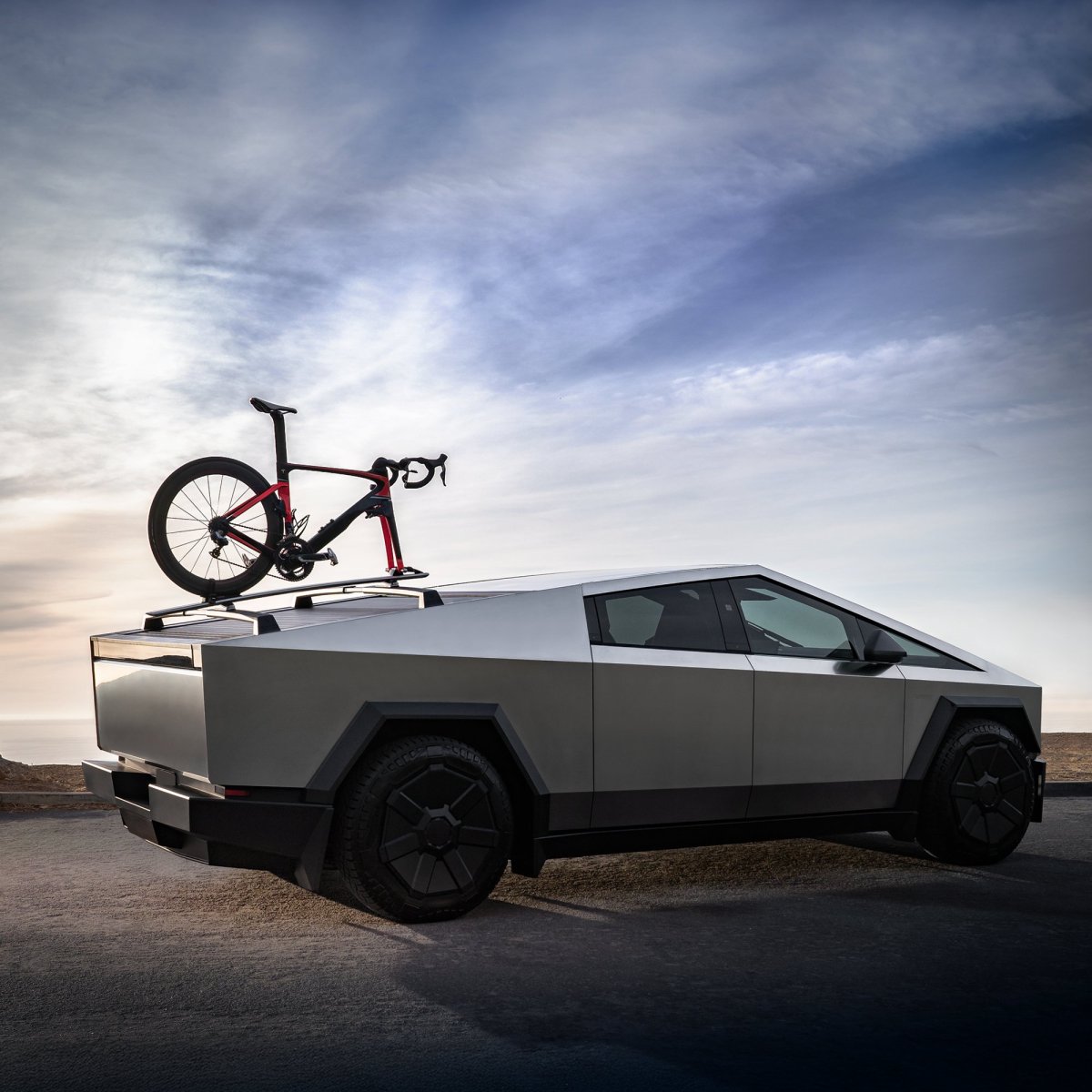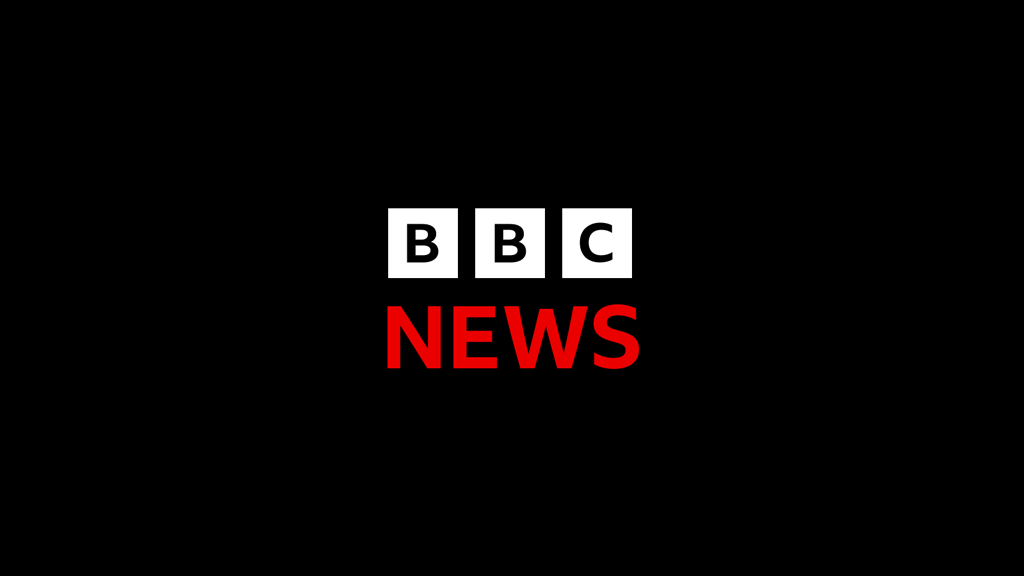By Karan Singh

Tesla has begun rolling out its latest software update, 2025.38, and it’s a feature-packed release, enough for us to label it as this year’s Fall Update. The update brings significant visual upgrades to navigation, the first international Grok expansion, and a host of highly-requested quality-of-life improvements for the Dashcam, driver profiles, and more.
Here’s a full breakdown of everything new.
3D Buildings for Navigation

The most visually striking change in this update is the introduction of 3D buildings and cityscapes directly into the navigation map view. For users subscribed to Premium Connectivity, a new Cube icon on the map screen enables a detailed, three-dimensional rendering of buildings on the map, adding a new layer of visual richness. You can watch a video and read about the full details here.
Grok Launches in Canada
Tesla’s AI assistant, Grok, has officially launched in Canada. This marks the first international expansion for the feature outside of the United States. Canadian owners with Premium Connectivity (or anyone on WiFi) can converse with Grok by holding down the voice command button.
Grok is currently in Beta and does not issue commands to your car. Existing voice commands remain unchanged and can be accessed by tapping the voice command button or the right scroll wheel on pre-refresh models.
Tesla is still planning to add a wake word for Grok, so that users can just say “Hey, Grok,” instead of having to press the mic button.
Dashcam Viewer Street Names
The dashcam viewer has received a pair of extremely useful updates.
First, the title of each recording now includes the street name in addition to the town or city. This feature is available in both the Dashcam Viewer within the vehicle and the Tesla app, making it easier to find past recordings.
Note that if you’re in a low GPS precision area like a parking garage, the nearest identified street may be shown. If you are off the beaten path, no street name will be visible and only the town will be displayed.

This feature is available on all vehicles, including legacy Model S and Model X vehicles.
Dashcam Video Quality
The second feature for Dashcam in this update is improved video streaming quality. Since Tesla does not store Dashcam footage on their servers and the videos are stored on a USB drive in the vehicle, the vehicle needs to stream the content for you to view it through the Tesla app.
In this update, Tesla increased the video quality at which the vehicle streams this data. We hinted at this feature coming in the Tesla 4.49.5 app update, which saw the addition of things like “Flexible Dashcam bitrate.”
While the app allows you to download Dashcam videos directly onto your phone, the highest quality is always on the USB drive in your vehicle. However, with this new variable bitrate addition, the vehicle will hopefully be able to stream a video of similar quality with a good connection. The good news is that Tesla didn’t just increase the video quality, which could make it difficult to use under slow connections; they implemented the ability to scale the bitrate of the video up or down, depending on the vehicle’s connection.
This feature is not available for legacy Model S and Model X vehicles, but the good news is that it does include all Model 3 and Model Y vehicles, including those with HW3 and Intel infotainment units. If you’re unsure whether you have Intel or AMD, check out our guide on how to tell which you have.
New Scroll Wheel Functions

More customization has been added to the left scroll wheel’s quick menu, which allows you to hold down the left scroll wheel to access a variety of functions. You can set it to one specific function, or a menu where you can scroll through various options. This update adds the following functions:
-
Mute or Unmute Navigation
-
Enable or Disable Bioweapon Defence Mode (if equipped)
-
Enable or Disable Music Light Sync (if equipped)
We’re actually fairly excited about this addition. The ability to quickly and easily mute or unmute the voice guidance is appreciated, as it currently requires several taps, unless you use the voice command.
Profile Locking with Phone Key

A fantastic new security and convenience feature was also rolled into this update. You can now lock a specific driver profile to particular phone keys, ensuring it can only be accessed by those specific keys.
If someone tries to select that profile without the linked phone key in proximity, a “Profile Locked” message appears. All locked profiles also have their profile photo hidden in the vehicle selection menu.
This is an excellent solution for families with multiple drivers or those who rent out their vehicles, as it keeps the primary owner profiles safely locked away. While this feature may not seem like a big deal, a driver’s profile can reveal sensitive information such as the person’s home and work addresses, navigation favorites and addresses, ability to open garage doors through HomeLink or MyQ, and more.
We feel like there’s more coming with this feature. Tesla already has great parental controls, which limit the vehicle’s max speed, acceleration, and more. While Parental Controls currently require a PIN every time you want to enable or disable the feature, we could see Tesla letting you tie parental controls to specific profiles in the feature, meaning that a teen would only be able to use their profile and not be able to access their parents’ profile, which has parental controls turned off.
New Charging Visualization

An undocumented change in this update is an immersive visual improvement that has been added to the Model 3 and Model Y while they’re charging. The on-screen 3D vehicle visualization now displays a detailed model of the charging post behind the vehicle, with different chargers appearing, depending on the type of charger being used.
Tesla will show a generic charger for third-party chargers, as shown below, but they’ll also show Wall Connectors, Superchargers, and presumably other Tesla connectors such as the mobile charging connector.
While the full-screen visualization is reserved for AMD-based vehicles, Tesla is also adding the charger visualization to Intel vehicles. However, it’ll only be displayed on the visualization area on the left.
Easily Log In to Streaming Services
Logging in to a music or video service with the onscreen keyboard can be frustrating, especially if you have to do it multiple times since the vehicle occasionally chews up your credentials.
Tesla is improving this whole process and making it much less painful. We first saw this improvement with the introduction of Grok, where the vehicle simply sent a notification to the Tesla app, allowing the user to tap it and log in on their device.

Tesla is now expanding this to all music services and, hopefully, video streaming services as well. When you launch a streaming service, you can now tap on Link Account, and you’ll receive a notification in the Tesla app, which will take you to the login screen. You’ll still have the option to scan a QR code, which will take you to the same location if you prefer.
There’s a video below of the new process.
New way to sign into Media Accounts on 2025.38 (you get the notification when you hit „Link Account“ but you still have the option to show the QR-Code if needed) pic.twitter.com/9avXx6lvWa
— Max Bracco (@max_bracco) October 9, 2025
Apple Music Improvements
This update introduces Apple Music improvements to the whole fleet, including legacy Model S and Model X. Tesla says that playlists are now organized with folders, and there are artist pages with more information. There’s also a Recently Played area that displays more of your listening history.
Release Rollout
Installed on 2.4% of fleet
Last updated: Oct 10, 3:45 pm UTC
This release has started a fairly rapid rollout to Tesla’s fleet around the world, with the vast majority of installs starting in North America. This update will likely continue to roll out in increasingly larger waves.
But Wait, What About FSD V14.1?
Tesla’s latest FSD, v14.1 (impressive FSD v14.1 videos), is based on update 2025.32. As a result, anyone receiving 2025.38 may not be eligible for the latest FSD version until Tesla updates it to 2025.38.
However, we already know various updates are coming to FSD, including FSD v14.2 and FSD v14.3. Given the braking issues influencers have seen with FSD v14.1, it’s unlikely that it’ll go out to additional users. FSD v14.2 and higher could be based on update 2025.38, making everyone eligible to receive the update, but we’ll have to wait and see.
Either way, a big update is coming your way. Stay tuned as we discover more undocumented features in update 2025.38. You can also read the full release notes for this update. Thanks to Max Bracco for a lot of the details and images.
Ordering a New Tesla?
Use our referral code and get 3 months free of FSD or $1,000 off your new Tesla.
By Not a Tesla App Staff

Tesla has introduced the latest Tesla update, version 2025.38, to the masses, or at least to the lucky 1% of owners who’ve received it so far.
While this update isn’t huge, it does include major new features, with the most noteworthy being new 3D buildings in the map view.
3D Buildings
Tesla map now with 3D buildings and houses pic.twitter.com/WTgQ46blQp
— Chunk (@AhoyChunk) October 9, 2025
3D buildings can be enabled in the map view, allowing you to view almost any house or building in 3D. It makes the maps pop and adds a much-needed feature that has been available on other vehicles like Rivian.
To view 3D buildings, the user must enable them, which is a new toggle on the right side of the screen on the Model 3 and Y, right next to the radar button. 3D buildings are then automatically displayed at higher zoom levels; however, they’re hidden if you zoom out too far. You also can’t combine 3D buildings with satellite view as expected.
You can drive with the 3D buildings being displayed, which makes it not only a nice visual effect but also beneficial in navigation. The buildings can make it more obvious where to turn by connecting the intersection with your surroundings.
3D Maps
Great @Tesla Update Version 2025.38
New 3D buildings view feature works nice!
Showing St. Stephen’s Cathedral, Vienna. https://t.co/rr0ZOzLMDi pic.twitter.com/dh6t39SiBP
— arpy (@arpysystems) October 9, 2025
3D buildings aren’t the only addition to the maps. While you could always zoom in and rotate Tesla’s maps, you could tilt the view before, adjusting the angle you’re looking at the maps.
While this only works with 3D buildings enabled, you can put two fingers on the touchscreen and pan up and down to adjust the viewing angle of the map.
Future Updates
With the addition of 3D buildings, Tesla is closing in on duplicating what’s shown in the vehicle’s visualization and what’s displayed in the map view. We could see Tesla eventually merging these two features and incorporating map data, such as the buildings and your route path, into the vehicle’s visualizations.
While the vehicle’s visualizations serve more as real-time visuals of the surrounding environment, and the map view is more for archived or map data, the lines are getting increasingly blurred. Tesla now displays map data in the visualization view to help both the vehicle and its users better understand their surroundings.
During the Cybertruck’s prototype stage, Tesla shared a prototype UI that did exactly this. The vehicle’s visualizations were a part of the map view. You could see your vehicle, the navigation route, 3D buildings, streets, and your path, all together in one view.
Tesla has also been experimenting with adding 3D terrain to the visualization view, letting roads show elevation and surroundings show hills. If they’re still planning to do this, it may make sense to show 3D buildings that are near the vehicle in the visualization view as well.
Google API
Tesla is likely leveraging the Google API to get the data needed for the new 3D buildings, which is how they’ve been able to launch the feature across most countries. The feature appears to be available worldwide, except in China, where Tesla uses a different map provider.
Availability
The new 3D buildings are available on the Model 3 and Model Y with the AMD Ryzen infotainment unit. While we haven’t seen the 2025.38 update go out to the Cybertruck and new Model S and Model X vehicles, it’s expected to be available on those models as well.
However, the feature does require Premium Connectivity. While some Premium Connectivity features are available on WiFi, this isn’t one of them.
By Karan Singh

As Tesla owners across North America have finally begun receiving the highly anticipated FSD V14.1 update this week, Cybertruck drivers quickly noticed that their futuristic trucks were once again left out of the initial rollout. While the omission was a disappointment, executives at Tesla spoke out to say that the step-change update would make its way to Tesla’s halo vehicle soon.
The good news came directly from Tesla’s Director of AI, Ashok Elluswamy. When asked if the Cybertruck would finally receive the full-featured version of FSD V14, including whether it can reverse and park itself, Ashok replied in the affirmative. He also confirmed that the update for the Cybertruck was coming soon.
However, he didn’t say whether Smart Summon and regular Summon, two features long missing from the Cybertruck, would make their way as well, but we’ll step out on a limb and assume that they are included in the list.
The Technical Hurdle: All-Wheel Steering
So, why all the delays with FSD on Cybertruck? Elon Musk provided an explanation for the first time since the launch of Tesla’s stainless steel beast.
This highlights the challenge the Cybertruck poses to Tesla’s neural network. FSD has been trained on billions of real-world miles, but almost exclusively with data from vehicles with traditional front-wheel steering.
The Cybertruck’s ability to turn its rear wheels introduces a completely new set of vehicle dynamics and a higher degree of maneuverability. The AI model needs to learn this new body language from scratch to ensure it can navigate safely and smoothly, especially at low speeds and in tight-quarter situations, where all-wheel steering is the most beneficial.
Essentially, FSD is being sent back to school to learn a new skill before it can truly graduate to the Cybertruck.
The all-wheel steering of Cybertruck requires a bit more Autopilot training
— Elon Musk (@elonmusk) October 7, 2025
A Frustrating Pattern
While the technical delay is sound, the V14.1 delay is not an isolated incident. For many Cybertruck owners, it’s the latest chapter in a frustrating pattern that has seen Tesla’s truck consistently lag behind the rest of the fleet in terms of FSD capabilities. The Cybertruck still doesn’t include Summon, Start FSD from park, or the ability to change between reverse and drive while FSD is enabled.
The issue seems to be the very hardware that makes the truck so advanced. The integration of the completely new 48-volt architecture, steer-by-wire system, and the aforementioned all-wheel steering into the FSD software stack has proven to be a more significant and time-consuming challenge than Tesla initially anticipated.
The Cybertruck has had multiple delays for FSD, starting from its inception. When it launched in December 2023, it only shipped with Traffic-Aware Cruise Control (TACC). FSD arrived on the Cybertruck 10 months later, in September 2024. At that point, many of the features, like Smart Summon, Reverse, Start FSD from Park, and more, were listed in the Upcoming Features section of Tesla’s software updates.
Since then, we’ve had no meaningful changes between the initial launch on V12.5.5 and the upgrade to V13.2, leaving Cybertruck owners in limbo. This is especially concerning because the Cybertruck will not receive Autopilot, which means there are only two options: TACC and FSD.
For now, the message to Cybertruck owners is one of patience. While the current delay fits a familiar pattern, the promise of a feature-complete FSD V14 is the most concrete sign yet that the gap between the Cybertruck’s groundbreaking hardware and its software is finally set to close.


